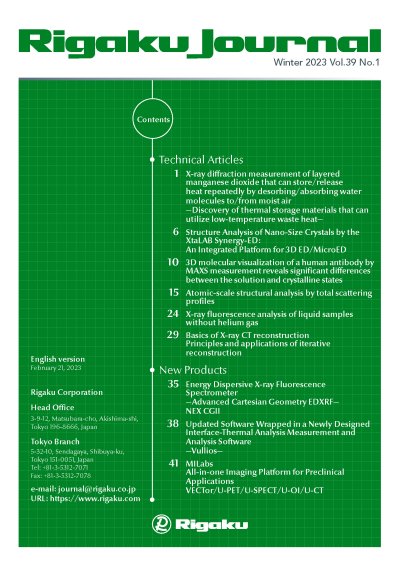X-ray solution scattering experiments have been utilized to analyze structures and conformational changes of biological macromolecules. Those experiments employ X-ray scattering data in a small-angle region, a technique called Small Angle X-ray Scattering (SAXS). SAXS experiments often focus on the macroscopic shapes and sizes of molecules. However, in principle, the scattering data in the higher scattering angle region contains more detailed structural information. For example, scattering data corresponding to q values (=4π sin θ/λ) between 0.30 and 0.65 Å⁻¹ reflects distances among domains, secondary structure modules, and/or adjunct chemical groups in Antibody–Drug Conjugates (ADCs). These Middle Angle X-ray Scattering (MAXS) experiments should give us a novel picture of complex molecular behaviors, as well as conformational changes in flexible biomolecules. In this article, we will discuss solution structure analysis of human Immunoglobulin G (IgG) by MAXS that revealed significant differences between the solution and crystalline states, as well as a novel observation of its flexibility.
Takashi Matsumoto, Akihito Yamano, and Takashi Sato

